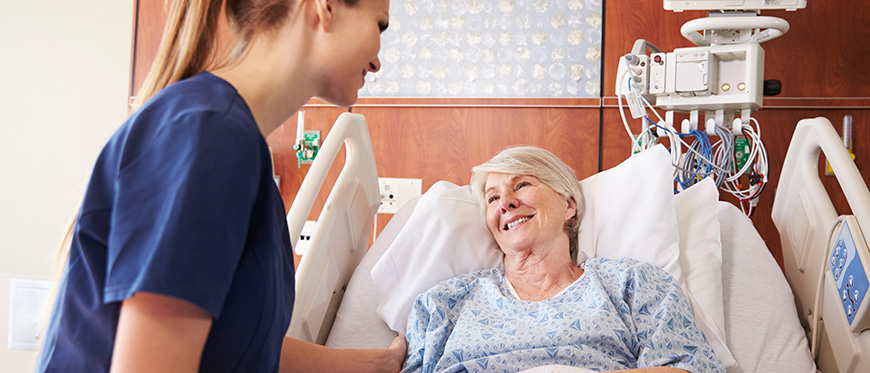Hospital curtains are supposed to safeguard a patient’s privacy; unfortunately, research shows they can also endanger patient health. Hidden in the folds of nearly nine out of ten hospital curtains you’ll find methicillin-resistant Staphylococcus aureus, or MRSA.
The curtains tested started out uncontaminated; a control group of curtains never hung, but which were stored in the hospital, never became contaminated; and none of the patients in the rooms tested were infected with MRSA. Nonetheless, within 14 days of being freshly replaced, 87.5 percent of curtains tested contained MRSA.
It’s not the curtains – it’s the many hands that touch them
Not only did researchers find MRSA, they discovered it most often on the spots at which healthcare worker hands would most likely touch the curtains, to pull them open and shut.
No matter how well cleaned the room might be, or how well-cared-for the patient, dangerous germs were still getting in.
Improving hand hygiene is imperative
The solution is simple enough, and even well known. As a meta-analysis of MRSA transmission studies concluded, “Appropriate hand hygiene during patient care is the primary means of reducing the spread of MRSA.” Unfortunately, the message is still not getting through, and the formula for successful prevention needs to be more emphatically, and continually, communicated.
Do you have an institution-wide hand hygiene program for MRSA prevention?
That success formula can implemented with these steps:
- Provide employee education
Even the most well-educated of your staff may not be aware of, or not sufficiently
prioritize, the most effective means of keeping hands clean. They need to always wash their hands, and to not just “splash and dash,” but wash them with soap for at least twenty seconds. The World Health Organization counsels that healthcare workers pay special attention to washing hands between patients – even if it is almost reflexive to move from one patient to another in the same room. - Have the right hand-cleaning supplies
The “right” hand cleaning supplies are the ones people are most likely to use. For instance, research shows that people prefer to use paper hand towels ; logically, then, stocking preferred supplies, like paper towels, should positively impact hand hygiene compliance rates. And hand sanitizers – long ago proven effective – should be literally within arm’s reach at virtually every point in your hospital or healthcare facility. - Keep communicating – everywhere
Busy healthcare workers – even those with the best of hand-washing intentions – are going to forget. That’s why constant communication, from bathrooms to patient rooms, is critical to transmission prevention. And even if you don’t have a communications department to keep your messaging fresh and engaging, there are a multitude of easy-to-use resources, such as the free, customizable poster program provided by one global health and hygiene company.
MRSA is a persistent enemy, and contaminated curtains are only the latest battle ground. Thankfully, every health care facility has a simple, winning solution close at hand.
Sources:
NIH: The effect of improved hand hygiene on nosocomial MRSA control
Becker’s Hospital Review: Hospital curtains are breeding MRSA study finds
WHO: WHO Guidelines on Hand Hygiene
